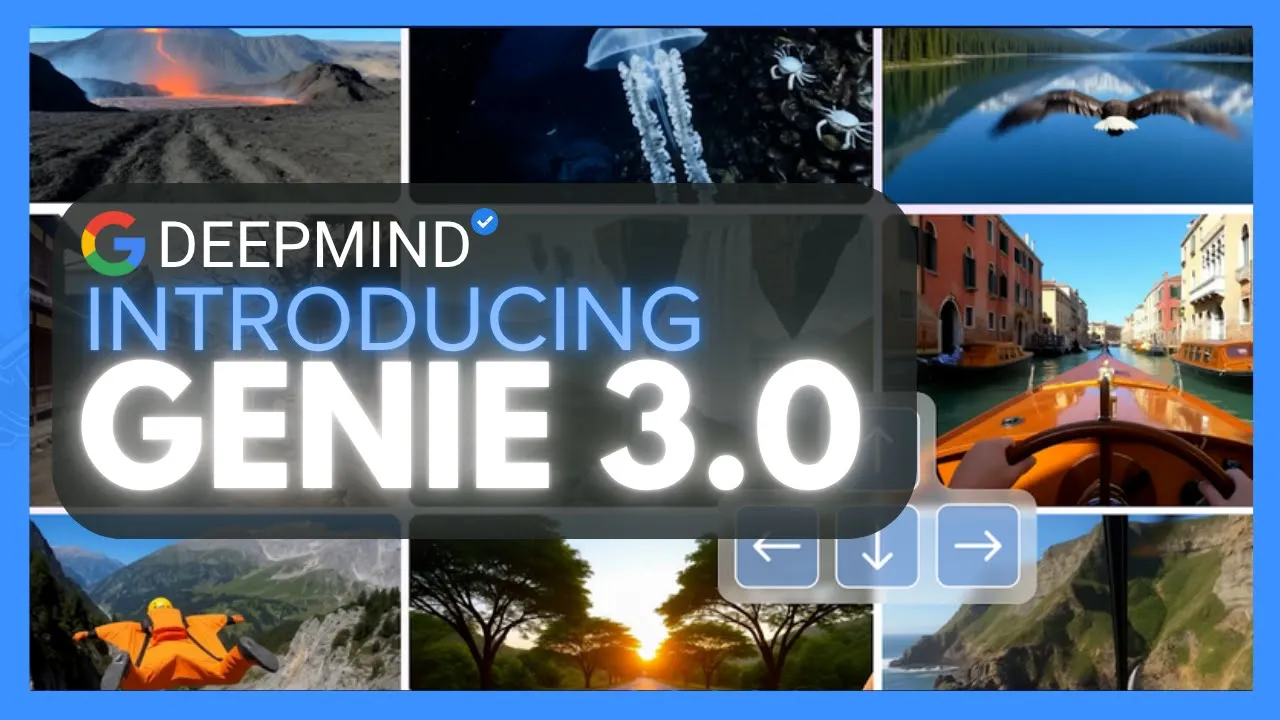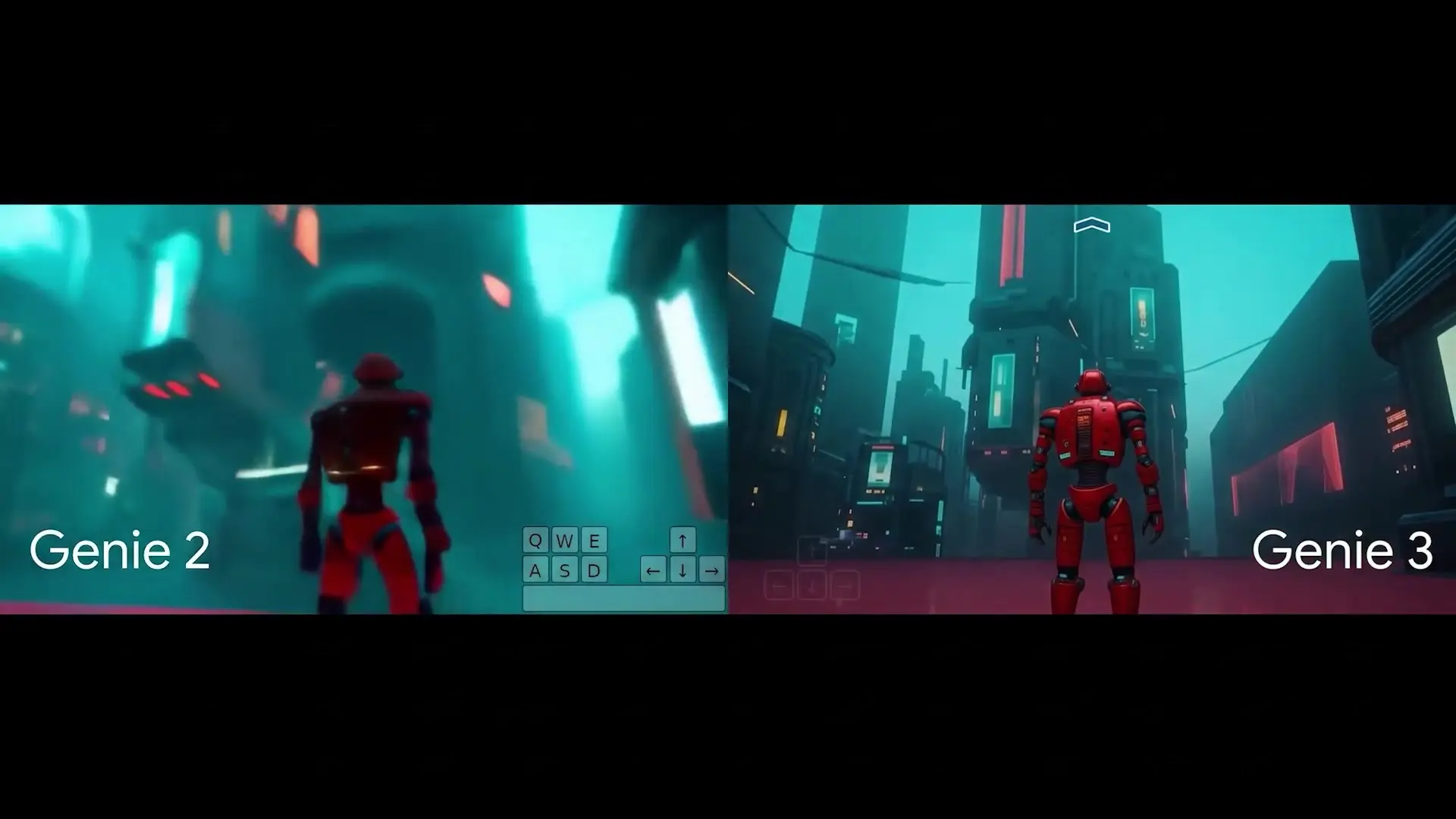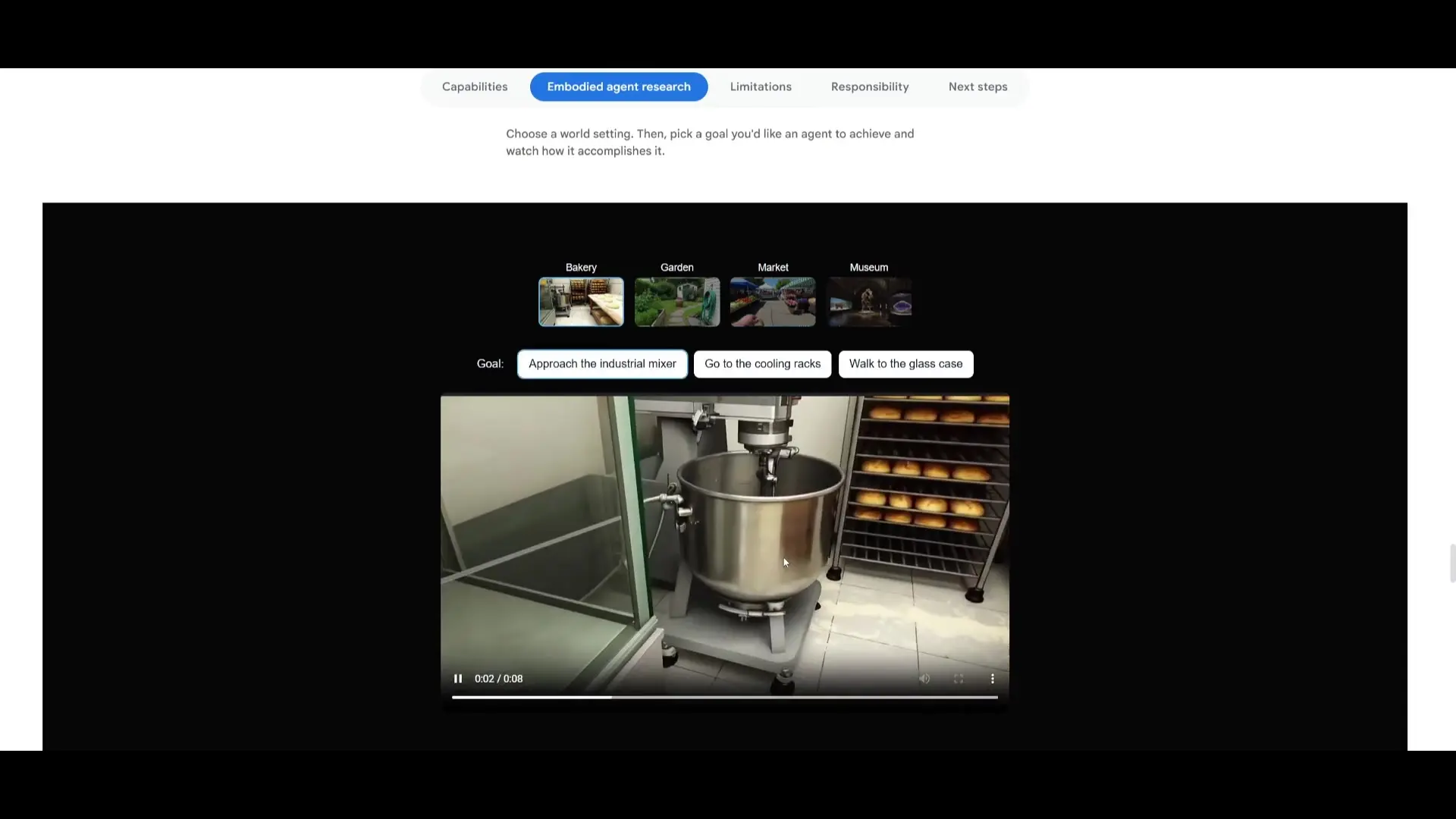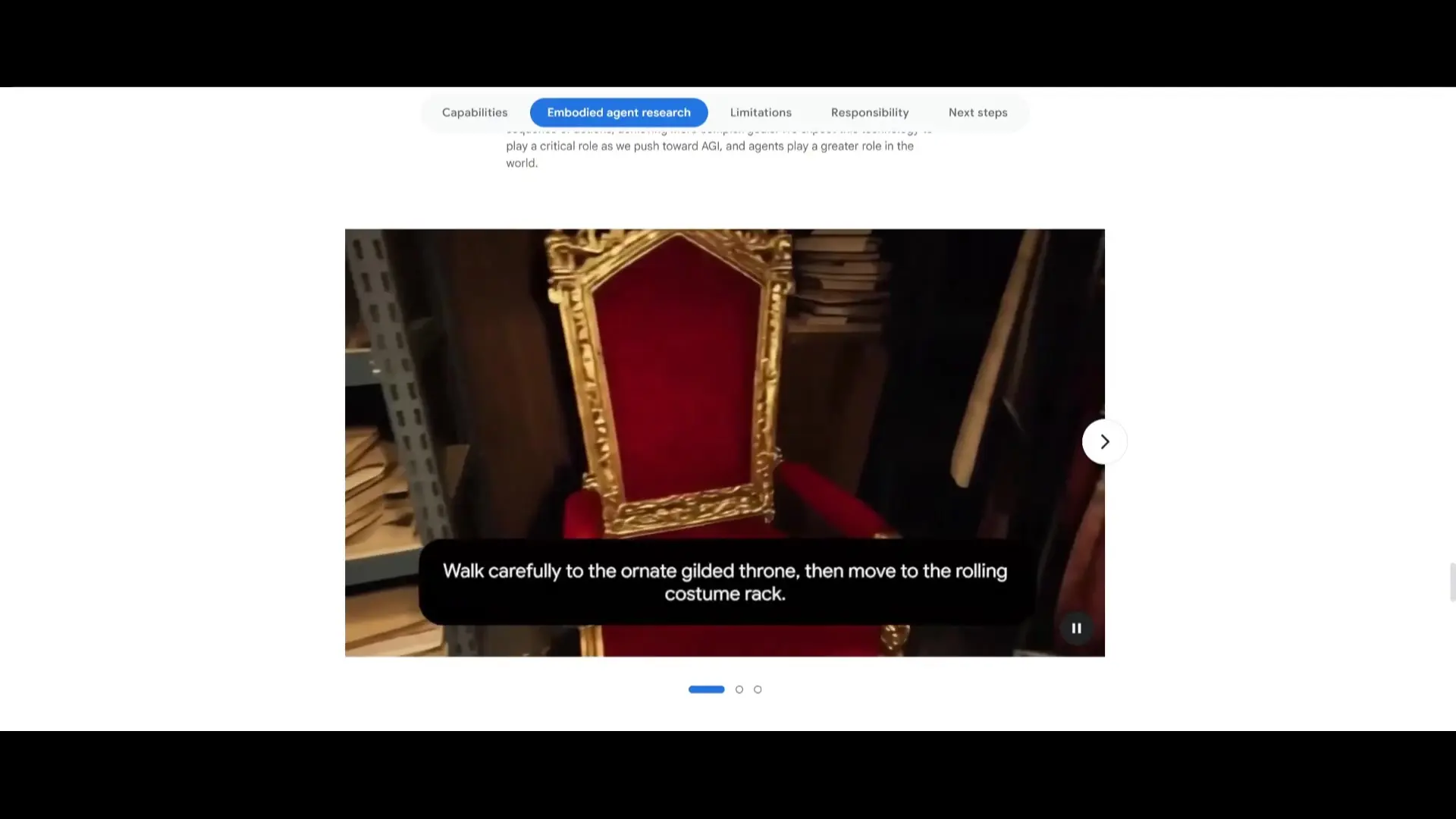
Google DeepMind has unveiled Genie 3, their most advanced world model to date, representing a significant leap forward in AI-generated interactive environments. Unlike conventional video generators, Genie 3 is a real-time, general-purpose world model capable of creating fully interactive environments from simple text prompts, offering unprecedented possibilities for simulation, research, and entertainment.
What Makes Genie 3 Revolutionary?
Genie 3 stands apart from other AI generators through several groundbreaking capabilities that push the boundaries of what's possible with generative AI technology:
- Renders environments in 720p at 24 frames per second
- Maintains environmental cohesiveness across several minutes
- Allows real-time exploration and interaction with generated worlds
- Features world memory that ensures visual consistency throughout sessions
- Supports dynamic world events triggered through text prompts
The core innovation lies in Genie 3's architecture, which tracks prior frames and user inputs to create a coherent, persistent virtual environment. This enables users to walk around, revisit locations, and trigger events in real-time - all generated on the fly rather than pre-rendered.

Interactive World Generation from Text
The text-to-world capabilities of Genie 3 allow users to create diverse environments through natural language descriptions. Whether you want to explore photorealistic natural landscapes, ancient ruins, underwater scenes, or fantastical animated realms, Genie 3 can simulate them all with remarkable detail and consistency.
What truly sets Genie 3 apart is that these aren't static videos or pre-built simulations - everything is generated in real-time as you explore. The model continuously renders new content based on your movements and perspective, creating a truly interactive experience.

World Memory and Persistent Actions
One of Genie 3's most impressive features is its world memory system. This allows environments to remain consistent throughout a session, even as you navigate away and return to previously visited areas. More remarkably, the model remembers actions you've taken within the environment - for example, if you paint on a wall and then explore elsewhere, the painting will still be there when you return.
This persistent memory creates a sense of continuity that makes the generated worlds feel more real and immersive, addressing a key limitation of previous generative models that struggled to maintain consistency across frames.
Promptable World Events
Genie 3 introduces what Google calls "promptable world events," allowing users to dynamically alter the environment mid-simulation. Users can change weather conditions, insert new characters, shift terrain, or introduce unexpected elements through text prompts, all while maintaining the coherence of the world.
This capability opens up endless creative possibilities for storytelling, game design, and educational simulations, where environments can evolve and respond to user input in meaningful ways.
Applications and Future Potential
While Genie 3 is currently available only to select academics and creators in a limited research preview, its potential applications span numerous fields:
- Gaming and entertainment: Creating dynamic, responsive game environments without traditional development pipelines
- Embodied AI research: Training robotic agents in simulated environments before deployment in the real world
- Educational simulations: Generating interactive learning environments for various subjects
- Emergency training: Simulating dangerous scenarios for disaster preparedness without physical risk
- Creative exploration: Enabling artists and storytellers to visualize and iterate on concepts quickly

Implications for Artificial General Intelligence
Genie 3 represents a critical step toward Artificial General Intelligence (AGI) by providing infinite simulation environments for embodied agent training. This creates a curriculum for AI systems to develop goal-based navigation and decision-making capabilities in diverse contexts.
By combining text-based creativity with embodied AI agents, Genie 3 could fundamentally redefine how we build virtual environments and train AI systems to interact with the world. The ability to deploy these trained systems in robots capable of accomplishing various tasks brings us closer to practical AGI applications.
Current Limitations
Despite its impressive capabilities, Genie 3 still has several limitations:
- Constrained action space for agents, limiting how far they can explore
- Limited memory capacity that doesn't allow for indefinite simulation
- Inaccurate reproduction of real-world geography and locations
- Sessions limited to a few minutes due to computational requirements
- Occasional inconsistencies or missing text elements in the rendered environments
These limitations represent challenges for the technology to overcome as it evolves, but they don't diminish the significance of what Genie 3 has already achieved.
Conclusion
Google's Genie 3 represents a significant milestone in generative AI and world modeling. By creating interactive, persistent environments from simple text prompts, it opens new frontiers for simulation, creativity, and AI research. While still in its early stages with certain limitations, Genie 3 provides a glimpse into a future where AI-generated worlds could transform how we create, learn, and train intelligent systems.
As this technology matures and becomes more widely available, we can expect to see applications across gaming, education, research, and entertainment that leverage these dynamic, responsive environments. The vision of fully interactive AI-generated worlds is becoming clearer, and with Genie 3, Google DeepMind has taken a major step toward making that vision a reality.
Let's Watch!
Google Genie 3: Revolutionary World Model Transforms AI Simulation
Ready to enhance your neural network?
Access our quantum knowledge cores and upgrade your programming abilities.
Initialize Training Sequence